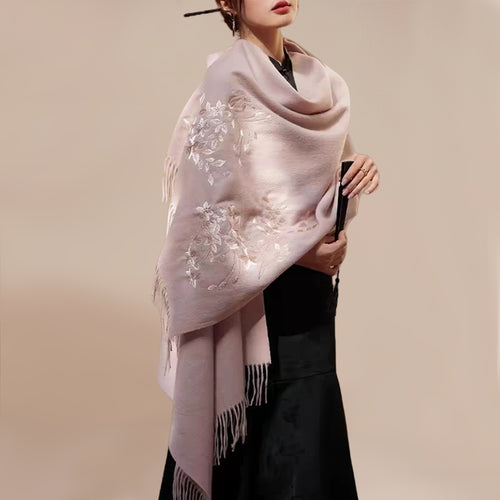Performance arts are an integral part of culture, showcasing the unique charm and values of a culture through artistic forms such as music, dance, theater, and folk performances. Here's an introduction to traditional music, dance, theater, and folk performances in Chinese performance arts:
Traditional Music: Chinese traditional music is renowned for its rich array of instruments, beautiful melodies, and unique rhythms. Ancient instruments such as the qin, zheng, pipa, erhu, and modern instruments like the flute, suona, and hulusi all represent Chinese traditional music. These instruments, when played, often convey deep emotions and cultural nuances. Traditional music is not only passed down through generations but is also performed at temple fairs, festivals, and other cultural events, making it a significant carrier of Chinese traditional culture.
Traditional Dance: Chinese traditional dance has a long history and unique styles. In dance, people express their emotions and thoughts through body language and expressions. For example, fan dances, long-sleeve dances, and dragon dances are representative of Chinese traditional dance. These dances are often performed at temple fairs, festivals, and celebrations, showcasing not only dance skills but also the aesthetic tastes and cultural spirit of the Chinese people.

Traditional Theater: Chinese traditional theater comes in various forms, including Peking Opera, Kunqu Opera, Yue Opera, Sichuan Opera, and more. These theatrical performances typically feature singing, speaking, acting, and acrobatics as their main components, requiring actors to possess solid singing and acting skills. Traditional theater often draws on historical stories and folk legends for its themes, conveying emotions and ideas through performance. They are an integral part of Chinese traditional culture and a significant cultural asset of the Chinese people.
Folk Performances: Chinese traditional folk performances include art forms such as cross-talk comedy, pingshu(storytelling), and fast-paced comedic sketches. These performances are primarily dialogue-based, characterized by concise and humorous language. Cross-talk comedy often involves one performer as the "funny guy" and another as the "straight man," using dialogue and skits to depict various aspects of life. Pingshu primarily takes the form of narrating stories, with performers using vivid language and vivid descriptions to convey storylines and character depictions. Fast-paced comedic sketches are known for their lively rhythm and rhyming language, often used to depict cheerful atmospheres and festive scenes.
These performance arts are an essential part of Chinese culture, reflecting the creativity, artistic expression, and cultural richness of the Chinese people.























































